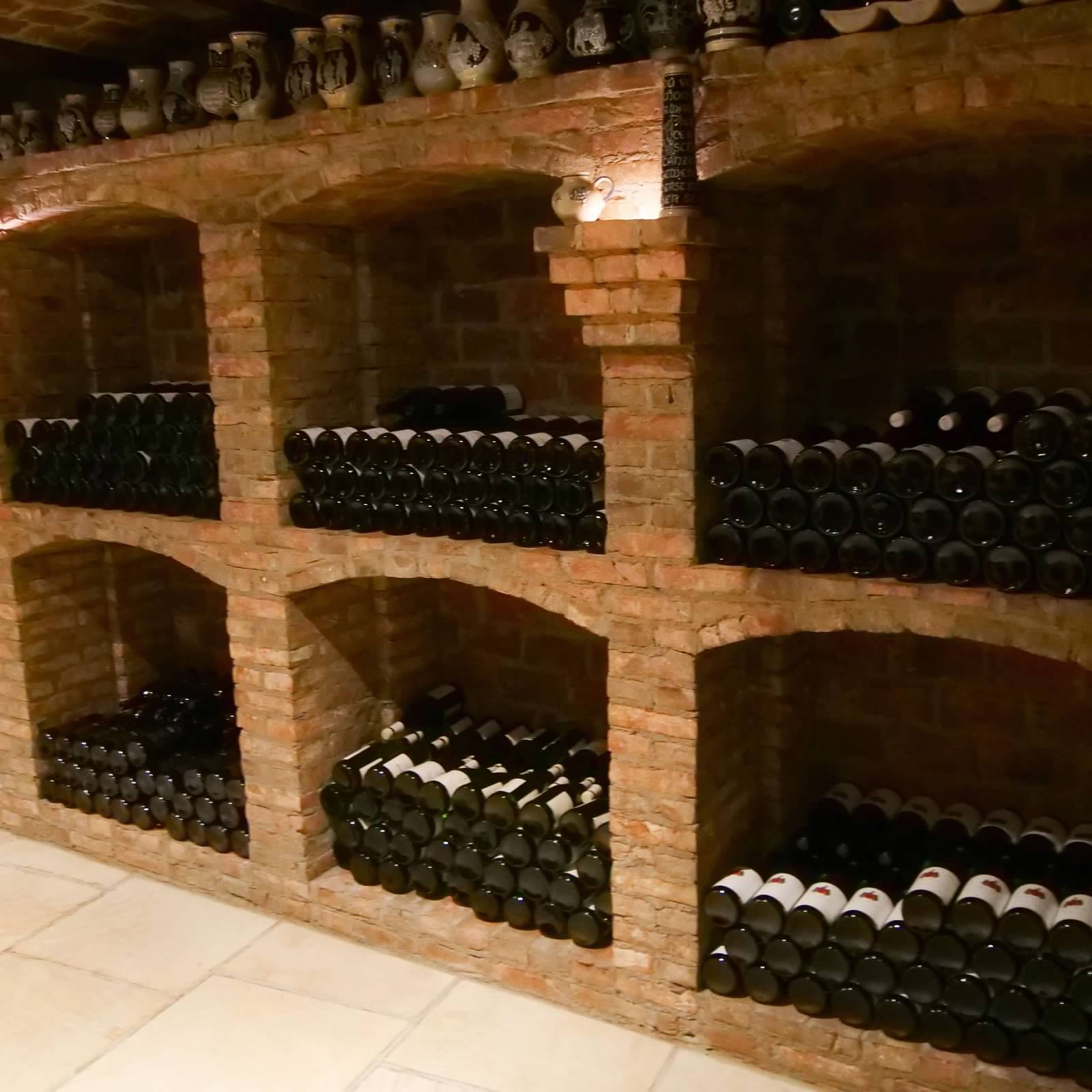On Sunday morning, one of our tour guides met us at our hotel, and loaded us and our luggage onto a bus to begin our bike tour. The bus took us north into France, and dropped us next to a bike path along a canal, where we were equipped with our bikes, received our safety briefing and started our warm up ride. At the end of the ride, we again boarded the bus, which took us across the Rhine River into Germany and our hotel in the spa town of Badenweiler.

The settlement at Badenweiler dates to Roman times, and the town boast a massive mineral water spring, which still provides the water for the large modern spa complex that was located near our hotel. Right behind this modern spa are the ruins of the Roman Baths, which used the water from the same spring. On our second night here, we enjoyed a guided tour of the Roman ruins, including a walk through the largely intact drainage tunnels underneath. The Roman settlement here supported the Roman army outposts along the frontier facing the Germanic tribe to the east, and the baths were an important component of Roman culture.

Both the modern spa and the Roman ruins are located inside a large park that is planted with exotic trees from around the world. I never anticipated seeing Sequoia tress in Europe, but we had already seen one in the botanical gardens at the University of Basel. Here in Badenweiler, there were
at least 8 or 9 of these massive trees, planted here in the 19th century and seemingly thriving. We would see at least one more later, in Nancy.
As we walked around this pleasant little town, we visited the church, a simple, but elegant structure built in the late 19th century to replace an older church on the same site that had been heavily damaged in a succession of wars and badly repaired. During the construction of the modern church, the foundations of a Roman temple were discovered underneath the old church, demonstrating that this site has been used for religious purposes since the Roman era.
We also climbed up to the ruins of the Badenweiler Castle on the hill overlooking the park and town. The ruins provide spectacular panoramic views of the town and surrounding countryside, and have been restored sufficiently to allow visitors to safely climb to the ramparts to enjoy the views. The castle dates at least to the 12th century and was destroyed by French troops in 1678.

On our second, and final night here, we had dinner at the Markgräfler Winzerstuben, a restaurant and wine bar near the spa. This restaurant occupies an old farm house and was purchased by a young German couple decades ago. It is now run by their son, who treated us to a private tour of his wine cellar after our meal, and spoke passionately about how he picks the wines he stocks and sells. It was very clear how much he loves what he does, and how important the history and culture of the area are to him. It was a remarkable experience to listen to him talk.
